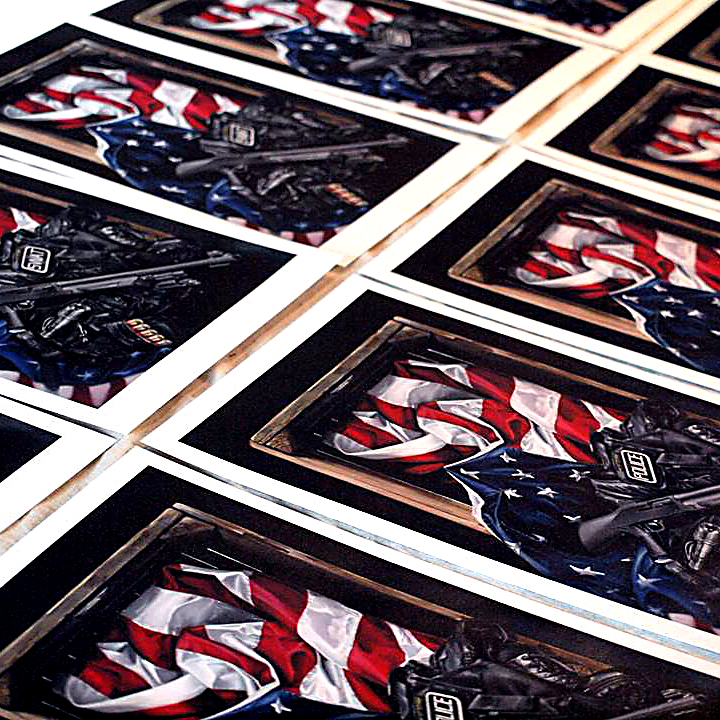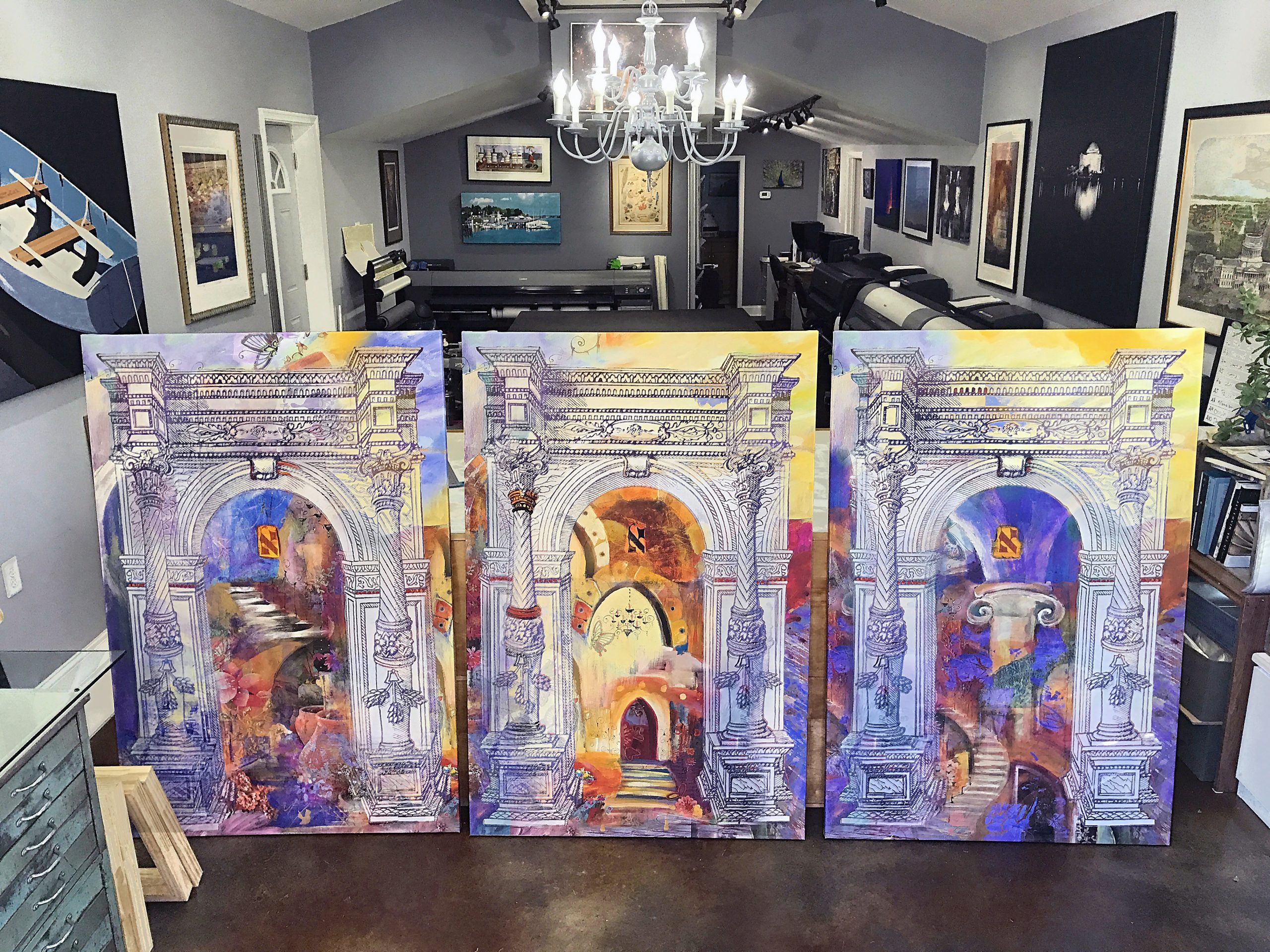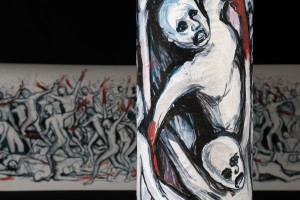Why Embellish Giclees?
A hand embellished giclee is a giclee print on which an artist has applied their unique touch with their particular art medium or mediums. An artist paints or draws in areas of choice to add texture or metallic paints, making a giclee look even more like an original than it already does. This can be as simple as painting a little bit in the highlights/shadows and can be as complicated as painting over most of a printed image. Each artist’s embellishing techniques are as distinctive as the art they create. Artists can use embellishing in different ways to customize or offer one-of-a-kind prints to their clients.
To embellish is to make more beautiful and attractive or to add fanciful details. There are several reasons an artist may want to embellish their giclees. One of the biggest reasons being that an artist can offer the hand embellished giclees at a price point that falls between a print and an original. This offers an artist more exposure to a broader range of demographics. This gives them more of a chance of making a sale to more people of all income ranges.
An embellished giclee can also offer an artist an avenue to customize their giclees for each client. Artist John Kiernan of Blue Line Studios adds personal details to prints for police officers and firemen. Kiernan adds badge numbers and any other unique touches to his client’s embellished giclees. His embellished giclee prices range from several hundred to several thousand dollars.
Artist Smadar Livne of Smadar Livne Studio sells one-of-a-kind giclees that are thoroughly embellished. Livne leaves little or no part of the printed image untouched. She creates all unique embellished giclees for her clients, covering nearly all of her prints with paint and mixed media. Smadar chooses to do this instead of signing her prints as limited editions. This way all of her clients enjoy their own unique version of Smadar’s original work instead of just another ordinary print.
Some artists like Rosemary Covey create originals with lots of different printing techniques. These are not to be confused with embellished giclees. We are using Rosemary’s work as an example of originals created from prints. Covey’s original art is a mixture of different types of prints such as wood block, archival pigment prints, and even xerox prints with paint. You could not ever call these just a print or giclee. Covey is no stranger to confronting what the evolution of digital printing has done to influence her traditional printmaking. This topic was addressed in her exhibit “Death Of The Fine Art Print”.
Artist: John Kiernan
Artist: Smadar Livne
Rosemary Covey’s show teaser
Old Town Editions firmly believes that no giclee should be sold as an original. It is important as an artist to properly label your prints and originals. An artist does not want to get the reputation of selling reproductions as originals. This could ultimately tarnish an artist’s reputation amongst buyers and collectors, ruining ones reputation.
Recently it has been debated what constitutes an original. Artists have utilized various printing techniques throughout history to aid in the creation of their originals. These originals have been called mixed media or assemblages and not embellished prints. Questions to consider: At what point does an artists’ embellishing become painting a new original? How much does a giclee need to be painted on or changed to be called an original? Who decides at what point a giclee crosses over into the original category? Does it ever cross into the original category?
Further reading selection: How Well Does Dimensional Art Reproduce?



